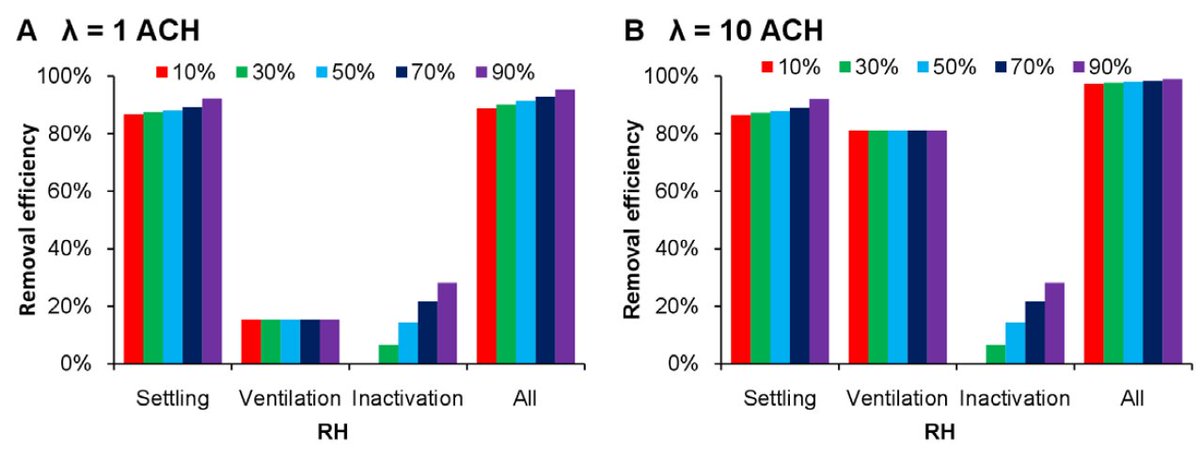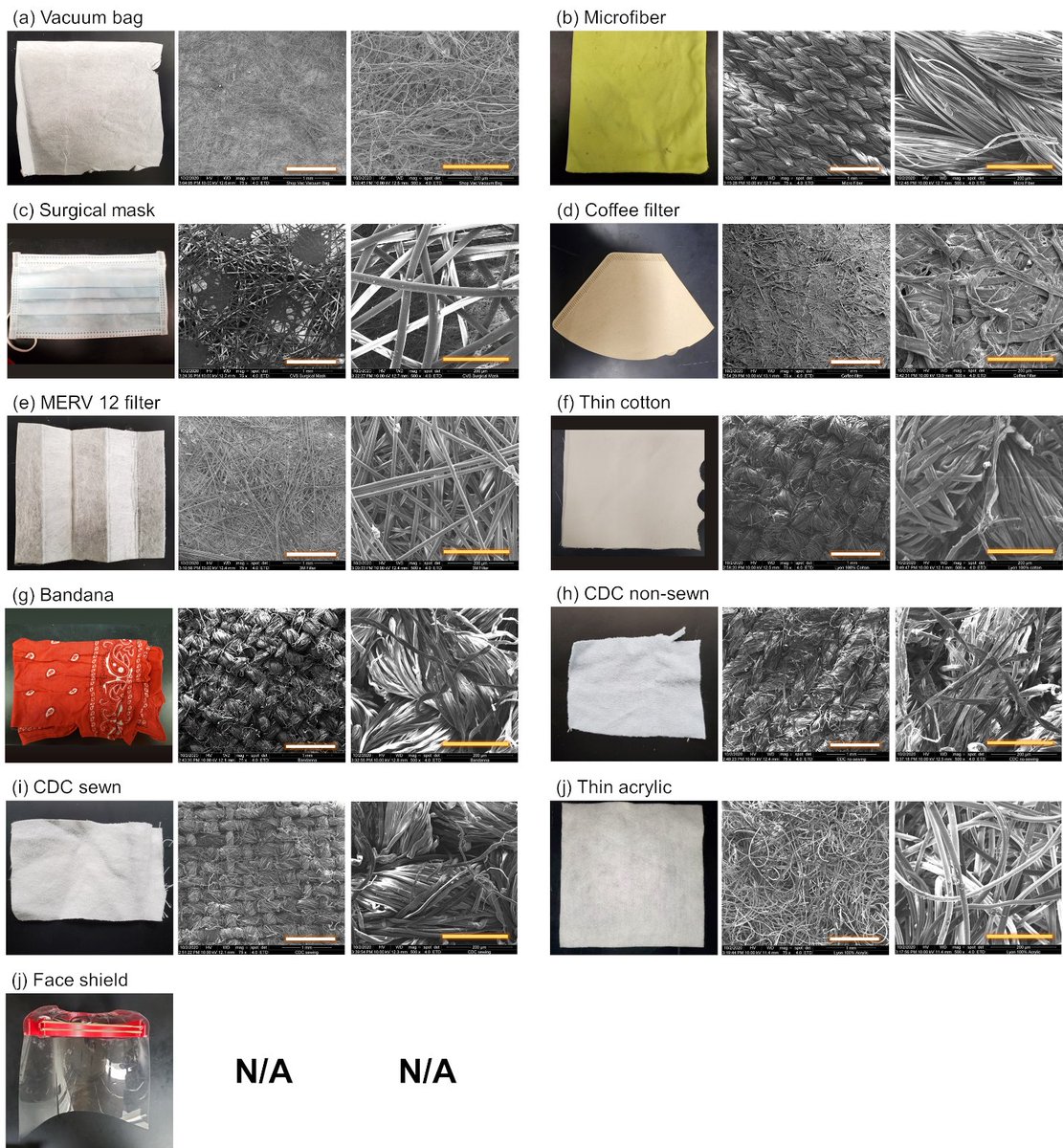
Airborne Transmission of SARS-CoV-2: What We Know academic.oup.com/cid/advance-ar… Paper from our @theNASEM #EnviroHealthMatters workshop. Source-to-dose framework, like for particulate matter and health effects, and 4 critical questions: /1
Q1: What size particles are generated by people & how do they spread in air? A: Large range of sizes and concentrations, aerosols+droplets important at short range (<1.5 m), aerosols dominate exposure at longer range (>1.5 m). /2
Q2: Which size particles are infectious and for how long? A: <5 μm and probably larger, half-life is around 1 hr /3
Q3: What behavioral and environmental factors determine personal exposure to virus? A: masks, ventilation (this focused on engineering...obviously choices about going out and socializing matter, too) /4
Q4: What do we know about the infectious dose and disease relationship? A: Depends on host & environmental factors, dose-response relationship not yet known nor how it and individual characteristics affect severity of disease /5
• • •
Missing some Tweet in this thread? You can try to
force a refresh






